[caption id="attachment_303412" align="aligncenter" width="2560"]
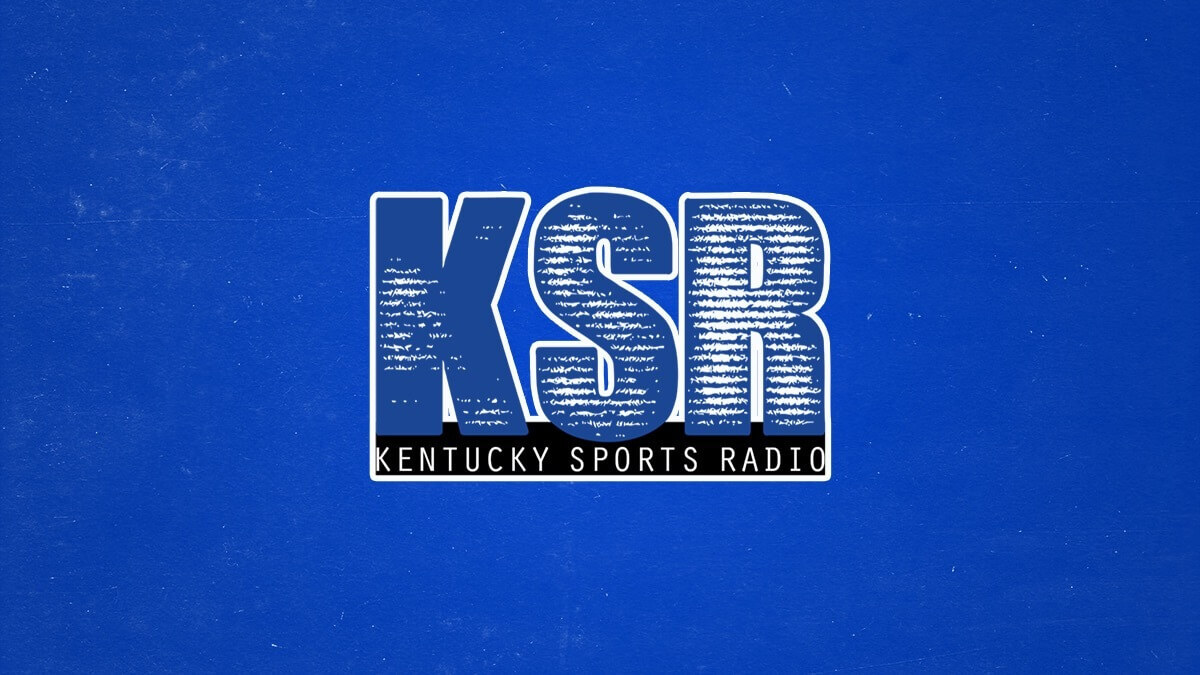 Photo: Kirby Lee-USA TODAY Sports
Photo: Kirby Lee-USA TODAY Sports[/caption]
College basketball fans, I've got some good news for you: The powers that be in the sport we love so much have spent all summer and winter watching everything that has gone on in college football, and in a move that would make George Costanza proud, decided to do the exact opposite of them. That's right, college basketball has learned from college football's mistakes and has spent the last several months doing everything they can to ensure that we will have a season going forward.
Yes people, we're getting college basketball. That's the good news.
The bad news is that with 346 Division I basketball teams all scrambling to put together a season on the fly, it can all get a little bit confusing to follow. At this point, all we really know is that we're getting a season, and we're getting a big chunk of the season played in bubbles, specifically the non-conference portion.
That's right, bubbles. They're all the rage in all the pro sports right now and it is a trend which will trickle down to college hoops this winter.
So with so much information out there about all these different bubbles, what is fact from fiction? And what do you need to know as it pertains specifically to bubbles?
Here is everything you need to know about what to expect.
Before we get into bubbles, what are the basics of the season itself?
Before we get to the nitty gritty of all this bubble stuff, it's probably smart to start with the basics. With college football and the NFL overlapping with the NBA, Major League Baseball and more, you can be forgiven if you don't remember all the minutiae about the college hoops season ahead.
So let's start with the most basic things you need to know. One, the college basketball season will now begin on November 25th, the day before Thanksgiving. That is pushed back a little over two weeks from the projected start date of November 10th.
Two, teams can only play a maximum of 27 games, which is down four from the usual maximum of 31. They also must play a minimum of 13 games to be eligible for the NCAA Tournament?
Why did the NCAA bother pushing back the season at all?
Since many of you have asked, let's knock this one out before we get to the bubbles. Many of you have wondered, "why push back the season at all? It's only two weeks difference?" How much can really change in those two weeks.
The answer? A lot.
What difference? Well, had the season started on November 10th as scheduled, it would have begun smack dab in the middle of the first semester on campus. Under normal circumstances that isn't necessarily a big deal. The players can travel, play, have tutors help them with their homework and take final exams at some point in mid-December.
Of course this isn't a normal year, these aren't normal circumstances and I actually commend the NCAA for pushing back the season for just two weeks.
First off, most college across America have actually adjusted the academic calendar and will now close for winter break right around Thanksgiving. So one, by pushing the season back two weeks it allows players to finish finals before starting the season. I know most fans don't care about pesky stuff like "academics." But that is part of the equation here.
More than that however, it eliminates other obstacles outside of the academic stuff. That's because once Thanksgiving hits, not only will school be done, but non-athletes will leave campus. It will allow athletes to not have to worry about school, and the schools don't have to worry about them coming into contact with as many other people, which in theory should help limit the spread of the virus. That is especially important when you remember that we'll be entering cold and flu season around that point.
Put another way, imagine if college basketball
hadn't pushed back the season. You'd have kids traveling and trying to play games, all while trying to take finals. You'd also heighten the chances of the players catching the virus (in class, walking around campus) and then bringing them with it on a plane, to the team hotel and potentially to the court against the opposing team.
By simply pushing back two weeks, you knock out quite a few risks and concerns and limit the chance that games have to be canceled right off the jump.
So now that we know the basics, tell us about these bubbles? Why are we doing them and how will they work?
As you can probably guess, the reason that college basketball is planning on playing a big chunk of its early season in bubbles is for the same reasons the NBA, NHL and MLS played their seasons in bubbles, and why Major League Baseball will stage its playoffs in one. Like pushing back the season, it essentially helps mitigate quite a bit of the risk that will come with traveling, staying in hotels and playing games.
Why is that?
Well to understand, you really do have to remember that college basketball, at it's most basic core, still is a sport of have's and have not's. The thing we love about March Madness - that the little guy can come out of no where and beat the big boys - is the same thing that has so many teams concerned coming into the season. Put simply, those little guys can't protect their athletes in the same ways the big boys can. They can't test as often, they don't travel in the same way, might not stay in the same quality of hotel and might not have access to the same quality of medical care if someone does get sick.
That's why the bubble idea is so paramount to college basketball getting off without a hitch.
Think about it this way. Imagine under a normal scenario, Kentucky was opening its season with Eastern Kentucky (understand, this is all hypothetical, and in no way intended to disrespect Eastern Kentucky). If Kentucky kept that game, but in the current world we live in, it would create quite a few logistical concerns for John Calipari and his staff. They would have to worry about how Eastern Kentucky is traveling, how often they're testing, where they are staying and if it is safe to take the court against them. Playing that game could be a potential health risk not only to Kentucky's players, but to the entire campus, and even the community of Lexington.
Playing games in a bubble though will mitigate those concerns. Rather than a school like Kentucky, North Carolina or Louisville bringing in three or four different out of conference opponents to their campus and having no idea what those schools have done as protocols beforehand, this will allow everyone to get on the same page. It will allow everyone to get under the same protocols - testing, quarantining, housing etc. - before they are allowed to take the court together.
Again, it's impossible to eliminate all risk. But it's the best that college basketball can do right now.

Ok, so what are the bubbles we know about?
Below, is a list of all the bubbles that I've seen floated around on social media. At this point, some are 100 percent confirmed (Orlando, Mohegan Sun, the Maui Invitational in Asheville etc.). Quite a few aren't, but seem to be on the way.
Therefore check out this list, but take it with a grain of salt. Things are changing rapidly behind the scenes in college hoops. Some of these bubbles may be in the works right now and never get off the ground. Others that aren't listed below might eventually pop up.
I have also added corresponding links for more details on the ones where there is more information available.
Are all the bubbles the same?
Great question, and the answer is absolutely not.
If anything, they'll all likely be a little bit different.
First, there are the stand alone bubbles which seem in place to hold one event and be done. Asheville appears as though it will only hold the Maui Invitational, and then after those three or four days are over, be out of the bubble basketball business. It's the same with Sioux Falls and the Battle 4 Atlantis. After that tournament is done, at least for now, there is no more college basketball scheduled in the city.
Then, there are the sites you've probably heard most about: Orlando and Mohegan Sun. Those two sites would basically be the hub of several of the big early season tournaments and one-day events that we've all come to know and love. Orlando would basically be the satellite home of one-day events like the Champion's Classic, Jimmy V Classic, as well as multi-team events and tournaments (commonly referred to as "MTE's" in college basketball circles) like the Preseason NIT. Mohegan Sun on the other hand would host many of the events more closely associated with the Naismith Hall of Fame, which puts on several events in November and December as well.
Then on the opposite end of the spectrum, there are other sites like Washington, that don't plan on hosting MTE events at all. The goal there is to do the opposite: Rather than hosting specific tournaments, what DC wants to do is bring in a bunch of teams that are looking for games, and have them knock out 3-4 games in a safe, sterile environment over a week or two then go home. There is no bracket. There will be no champion. Just a bunch of teams, playing a bunch of teams safely before returning to campus.
And finally, there are other bubbles like the one proposed in Las Vegas. While a place like Orlando would serve as a host to a whose who of college basketball royalty, Las Vegas would serve as a place for primarily small schools to pick up games that they might not be able to get otherwise, and for West Coast schools to add games without traveling far
(There could be high-major teams too, with a tournament that featured Arkansas projected to be part of this bubble. So to be clear, I'm not saying it's
only small schools).
Again, the logic behind a bubble like this is two-fold. The big schools might not want to bring the small schools onto campus this year, so the small schools might have to stage their own events, with teams that have similar budgets and testing protocols. It will also give schools in states that are still largely restrictive (like California) a way to get a few games in safely, since they likely won't be able to bring other schools to their campuses.
What is the best bubble?
Well as of right now, that's a no-brainer: It's Orlando, which - as mentioned above - is a literal whose who of college basketball programs. Because of all the various events that are slated to be played there, the Orlando bubble should include the following schools: Kentucky, Kansas, Duke, Michigan State, UCLA, Arizona, Gonzaga, Texas Tech, Tennessee and Virginia. Not to mention the reigning ACC champ (Florida State), the reigning Big East tri-champ (Seton Hall) and another team which will have a case to be the No. 1 team in the country in the preseason (Baylor).
Obviously all those teams won't face each other, or even play in the same events. But talk about a loaded group: Twelve of the teams in
my preseason Top 25 are slated to be in Orlando, including 10 of my Top 15. Wowzah!!!!
The games slated at Mohegan Sun wouldn't be too shabby either, as they're currently slated to include Villanova, Baylor, West Virginia, LSU, UConn, USC and Notre Dame.
Obviously there are some cross-over teams in more than one bubble (in this case Baylor, which is scheduled to play a one-off game in Orlando and an MTE at Mohegan Sun) so, for both bubbles to go off as is, organizers will have to work with the schools to make sure all the teams presently scheduled to participate can.
Will all those teams in the Orlando bubble play the same number of games with the same set-up?
The answer is "no." Think of it like the NBA bubble, where all the teams arrived at essentially the same time, but leave at different ones. Frankly, it appears as though everyone will have a slightly different set-up.
On the one hand, you have a team like Kentucky, which is slated to play Kansas in the "Champions Classic," but then doesn't appear to have another opponent scheduled in the bubble. Then on the opposite spectrum is someone like Michigan State, who also opens in the Champions Classic against Duke, but is also slated to play in the Orlando Invitational, which is also scheduled to be played in the Orlando bubble. Obviously, at least as of right now, the Spartans are expected to play in both, which would bring their total games played in Orlando to (at least) four.
There are a few other teams like Michigan State that have multiple events and games in the bubble, so obviously those games will have to be scattered.
Could games that aren't currently scheduled be added in a bubble setting?
Although there is no definitive answer right now, the answer appears to be a "yes."
Just as an example, Baylor and Gonzaga - two teams which will both start the season in the Top 5 nationally - have a game scheduled for this season. Because it was scheduled late in the summer with no official day, time or site determined, it probably just makes sense to knock it out while both teams are in the bubble. Neither will have to do any additional traveling. No one will need to do any extra testing (since the testing will be done on the way into the bubble). It just makes too much sense.
Again, nothing is official, but as teams scramble to take on games and don't want to take on the responsibility of testing opponents (or worrying about how much or little they are testing) expect more arrangements like this to pop up across college basketball.

Why are the Kentucky and Louisville bubbles so boring?
There isn't much that unites Kentucky and Louisville fans, but I've sensed a common theme coming from both fan-bases these past few days: They both hate their projected bubbles. Kentucky appears to be slated to host Hartford, Detroit and Richmond in a round-robin, and it doesn't appear as though the quality of schools in Louisville be much better. Considering that there are legitimately great programs within driving distance of the two schools (Indiana, Purdue, Cincinnati, Notre Dame, Ohio State, Murray State) it feels as though both fan-bases are disappointed that better bubbles couldn't be put together.
It also raises the question: Why weren't better bubbles put together in Louisville and Lexington? Why aren't two programs that seemingly have the power to get just about anyone in college basketball to their campuses doing more to spice up their bubbles a bit?
The answer seems to be two-fold.
The first is that, at least in Kentucky's case, John Calipari really does want to help out the little guys (including the school where his son plays). For all the reasons that were listed above (testing, travel etc.) it's going to be hard for these schools to get games. So allowing them to come to Lexington, test on the way in and play three games, will let them get a few games under their belt in the out of conference they might not be able to otherwise.
The other reason - at least in my opinion - is tactical. And that tactic is very simply this: At some point, you do need to get a few easy wins on the schedule.
Look, I know that Kentucky fans are fired up for this season and wish that North Carolina, UCLA and Kansas were part of their bubble in Lexington. And I don't blame anyone who feels that way. But you also have to look at it from John Calipari's perspective. He didn't get a normal summer with his team. There won't be any preseason or exhibition games. And he already has a loaded schedule that includes Kansas, Georgia Tech, Notre Dame, Louisville and a loaded SEC. At some point, you need a few cream puffs to fill out the schedule, don't you?
And when you add in the fact that you can give a few small schools a couple of extra games, and that it won't impact ticket sales (since fans won't be allowed) it kind of makes sense.
Like I said, at some point, you do have to have a few easy games on the schedule.
Finally, what does all this mean for the conference portion of the season?
Truthfully, it's just entirely too early to know for sure. Bubble proposals have been thrown around for conference play, and we may see them in conference play as well.
But when you factor in that all conference schools will be testing similarly to each other (unlike out of conference teams) and that hopefully by then daily, rapid testing will be available, the hope is that most games can be safely played on campus.
Whether they are or not, one thing is for sure: We're headed for a college basketball season unlike anything we've ever seen.
 Photo: Kirby Lee-USA TODAY Sports[/caption]
College basketball fans, I've got some good news for you: The powers that be in the sport we love so much have spent all summer and winter watching everything that has gone on in college football, and in a move that would make George Costanza proud, decided to do the exact opposite of them. That's right, college basketball has learned from college football's mistakes and has spent the last several months doing everything they can to ensure that we will have a season going forward.
Yes people, we're getting college basketball. That's the good news.
The bad news is that with 346 Division I basketball teams all scrambling to put together a season on the fly, it can all get a little bit confusing to follow. At this point, all we really know is that we're getting a season, and we're getting a big chunk of the season played in bubbles, specifically the non-conference portion.
That's right, bubbles. They're all the rage in all the pro sports right now and it is a trend which will trickle down to college hoops this winter.
So with so much information out there about all these different bubbles, what is fact from fiction? And what do you need to know as it pertains specifically to bubbles?
Here is everything you need to know about what to expect.
Photo: Kirby Lee-USA TODAY Sports[/caption]
College basketball fans, I've got some good news for you: The powers that be in the sport we love so much have spent all summer and winter watching everything that has gone on in college football, and in a move that would make George Costanza proud, decided to do the exact opposite of them. That's right, college basketball has learned from college football's mistakes and has spent the last several months doing everything they can to ensure that we will have a season going forward.
Yes people, we're getting college basketball. That's the good news.
The bad news is that with 346 Division I basketball teams all scrambling to put together a season on the fly, it can all get a little bit confusing to follow. At this point, all we really know is that we're getting a season, and we're getting a big chunk of the season played in bubbles, specifically the non-conference portion.
That's right, bubbles. They're all the rage in all the pro sports right now and it is a trend which will trickle down to college hoops this winter.
So with so much information out there about all these different bubbles, what is fact from fiction? And what do you need to know as it pertains specifically to bubbles?
Here is everything you need to know about what to expect.


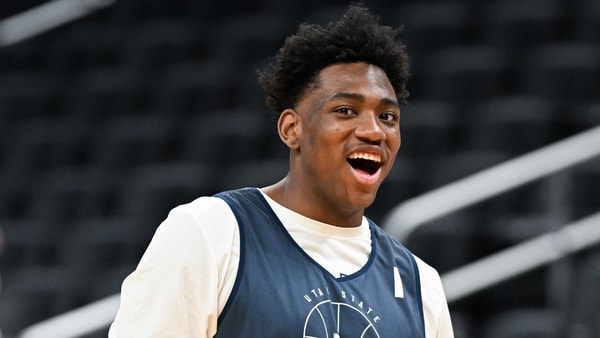
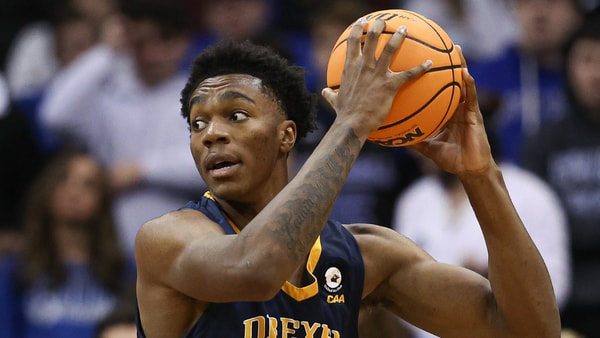
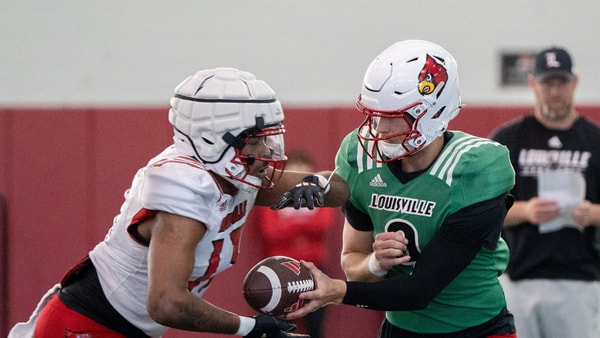
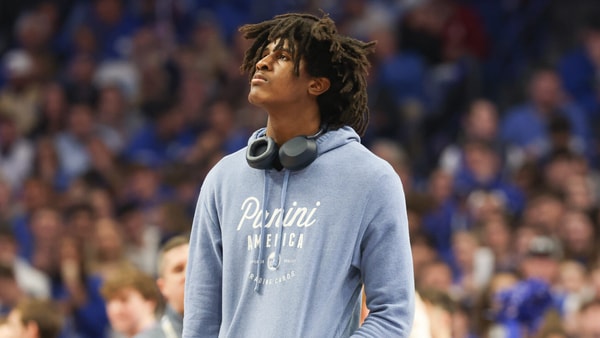

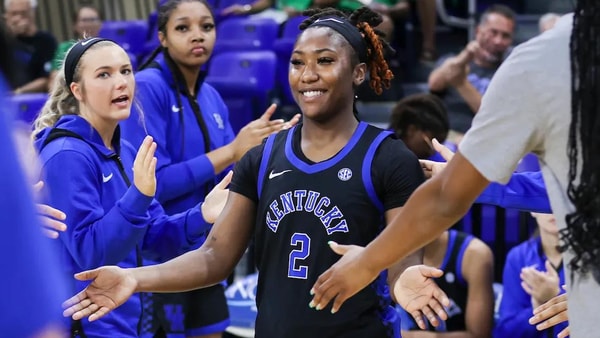
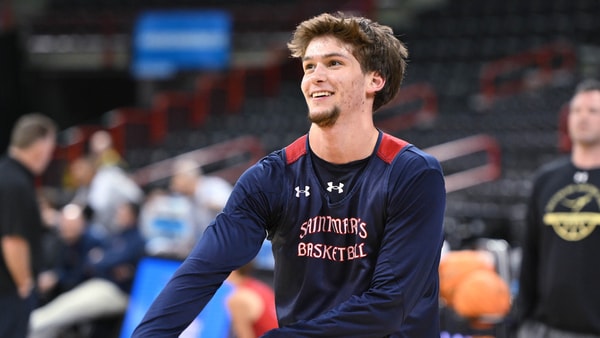
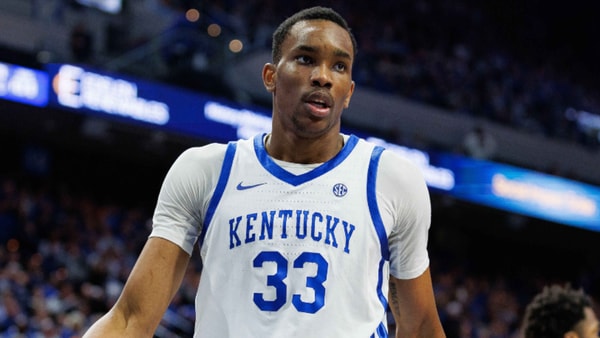
Discuss This Article
Comments have moved.
Join the conversation and talk about this article and all things Kentucky Sports in the new KSR Message Board.
KSBoard